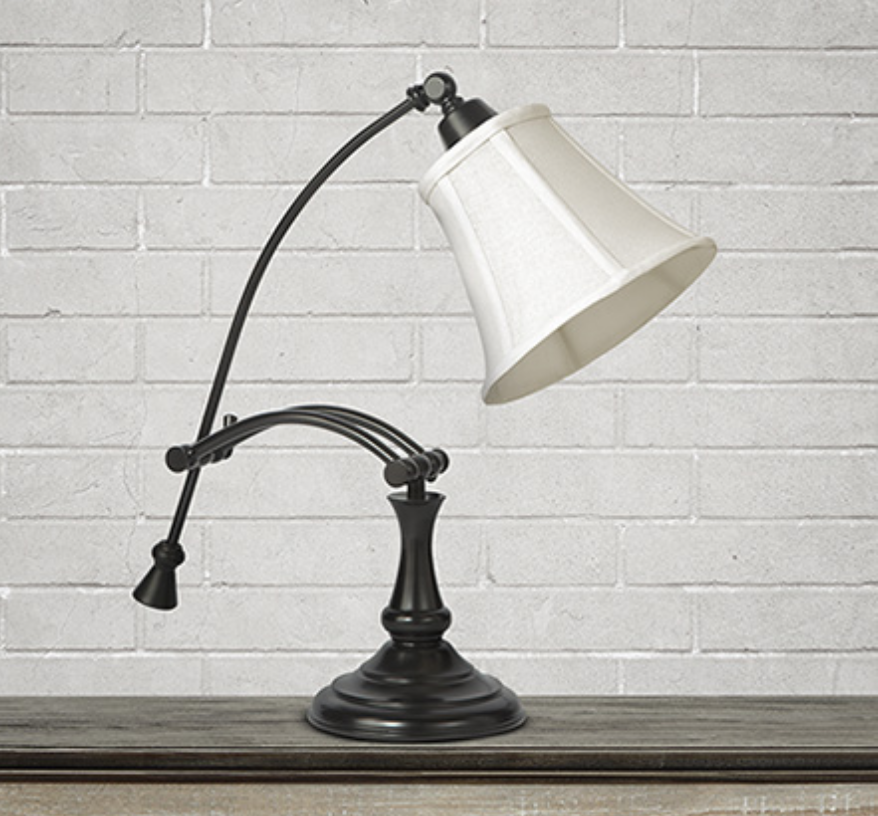2020 will always be remembered as the year hijacked by COVID-19. So much suffering, so much confusion, so many deaths.
And plans? Well, with pretty much all indoor events involving more than a few people getting postponed, moved outside, canceled, or held virtually, making plans hasn’t been the same in the U.S. since March. So when it became apparent that the in-person launch I’d envisioned for my third novel It Doesn’t Have To Be That Way, (September, 2020, Evolved Publishing) wouldn’t be possible, my first instinct was to scrap the whole thing and hope for a better situation if I ever managed to write and publish a fourth book.
But a dear friend encouraged me to consider an online launch with a simple agenda, with no pressure on anyone to attend. And the more I thought about it, the more convinced I became to try.
I researched virtual book party and found a great post on Jane Friendman’s blog by Carol Newman Cronin—writer and Olympian—who’d launched her novel, Ferry to Cooperation Island, on Zoom. And—happy coincidence—it turns out that Carol and I are both represented by the wonderful literary agent April Eberhardt. Carol shared some great tips, many of which I employed (thank you, Carol!)
For several reasons, however, I didn’t want to do a Zoom launch. Luckily, I came across a really cool streaming platform called StreamYard, which integrates well with Facebook Live and offers cool features like screen-sharing and featuring guests in your virtual “studio,” even if those guests are on another continent (or just across town.) I won’t go into the techie stuff, but if you’re interested in doing an event using StreamYard, here’s a terrific tutorial to get you started. And if—like me—technology isn’t your strong suit, you may want to enlist some help. My husband Mike offered to produce the event and did an excellent job. Thank you, Mike!
Once I had a handle on the logistics, I thought about the event itself and decided on a few things:
- The event would last an hour, and guests would be informed of that time allotment at the very beginning. They would also be told that they could leave the “party” at any time, and/or come and go as they pleased. No one wants to feel trapped or locked into an event, especially during the pandemic.
- It would be structured as much like an in-person book launch as possible. IE: greeting guests and introduction, followed by a brief reading from It Doesn’t Have To Be That Way, followed by a bit of Q & A.
- In the remaining time (20-30 minutes), we’d raffle off some books by authors of women’s fiction, including me. Guests could win literary prizes, and I’d do some low-key author promo. And (with a bit of luck) it’d be fun too.
I sent out snail mail invites to friends whose addresses I knew and invited everyone on my FaceBook Author Page to message me if they’d like to attend. Every invitation that went out via snail mail contained a door prize number (for the raffle), and I also assigned door prize numbers to each person who replied to the online invite. I created a spreadsheet of people who’d been mailed invites and added all who replied online, crosschecking for duplicates. To me, this seemed like a good way to make sure everyone had a chance to win during the raffle, but it ended up being the biggest problem we encountered at the party. (I’ll explain why later.)
Next, I contacted some author friends who write women’s fiction. With apologies to pals who write in other genres, I wanted to stick to one genre, due mainly to time constraints.
Then, a really cool thing happened. I was talking to Gryphon Corpus, the incredibly gifted voice actor and narrator of the audiobooks for my novels Living by Ear and Leaving the Beach, and she offered to read a passage of It Doesn’t Have To Be That Way at the launch party. Spoiler alert: Gryphon’s reading was the highlight of the party.
So how did it work out? Well, I was nervous as hell, which is apparent in the video (below). Technically, it went well, thanks to Mike. If you’re interested in using StreamYard for a presentation of your own, you can scroll around in the video and see some of the screen-sharing options it offers.
The raffle, as mentioned earlier, had some issues, because the snail mail invites containing door prize numbers didn’t all land in the hands of their intended recipients. (Some mailing addresses were incorrect, etc.) Of course, some recipients were unable to attend, while others didn’t realize that the small piece of paper with a handwritten number on it was intended for use in the raffle and discarded it. Mike and I made some last-minute adjustments during the launch, resulting in some prizes ending up with zero winners, some ending up with one (yay!) and some ending up with two. Also, too much time got spent figuring out who (if anyone) had won various books, and far too little was spent promoting the books and authors. In Part 2 of this post, I’ll do my best to rectify that!
And to anyone else planning a virtual book launch (or any event involving a raffle), I recommend waiting for guests to RSVP before assigning door prize numbers.
To learn more about the books and authors featured in the raffle and take a chance to win a Kindle copy of It Doesn’t Have To Be That Way, please check out Part 2 of this post tomorrow, October 26.
Thanks so much for reading! As always, questions and comments are welcome.


 It’s September, and like every month since March 2020, things don’t feel normal or safe. COVID-19 rages; police continue to brutalize Black and Brown people; far too little is being done to combat climate change. In 2016, the majority of Americans believed we lived in a democracy that–although far from perfect–was doing all right. Now, in 2020, many of us fear that without a regime change in the November election, American democracy will die. So please vote for change if you care about preserving our democracy
It’s September, and like every month since March 2020, things don’t feel normal or safe. COVID-19 rages; police continue to brutalize Black and Brown people; far too little is being done to combat climate change. In 2016, the majority of Americans believed we lived in a democracy that–although far from perfect–was doing all right. Now, in 2020, many of us fear that without a regime change in the November election, American democracy will die. So please vote for change if you care about preserving our democracy
 I’m hearing it everywhere, especially from middle-aged people and seniors: 2020 is a year unlike any they’ve ever experienced. Sure, some years are really difficult, while others seem to fly by. But 2020? How can it even be described? And how can we keep up with the ever-evolving daily news, let alone get anything else done? And this year is far from over.
I’m hearing it everywhere, especially from middle-aged people and seniors: 2020 is a year unlike any they’ve ever experienced. Sure, some years are really difficult, while others seem to fly by. But 2020? How can it even be described? And how can we keep up with the ever-evolving daily news, let alone get anything else done? And this year is far from over.
 After I “finished” writing
After I “finished” writing  Readers, I have some exciting news to share: after being out of print for almost three years, my novel
Readers, I have some exciting news to share: after being out of print for almost three years, my novel 


